
Go easier on yourself
Once you hit the 40s, you may be starting to feel some mid-life changes in your health. Perhaps you’re having trouble sleeping or maybe you find yourself bumping up the font size while you type emails because you’re straining to see the text. Don’t get depressed or frustrated: Instead, embrace this life change and start making some changes—like the ones that follow—which will help keep you healthy for the rest of your life. Make sure you know the best vitamins to take for your age.
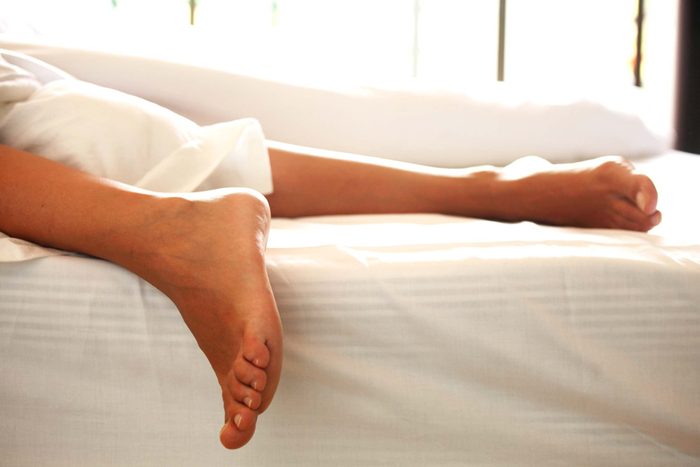
Get those zzzzs
Now more than ever, getting seven to nine hours of sleep per night is important. Plentiful sleep is not only connected to productivity, it helps tame poor eating habits. “Sleep deprivation disrupts our hunger hormones making us feel hungrier when we haven’t gotten enough rest,” says Rachel Begun, a registered dietitian, nutrition educator and advocate. To get the sleep you need, develop a nighttime routine that preps your body for bed. “Finish your workout at least a couple of hours before bed, turn off all screens at least one hour before bed, and avoid anything that causes you stress.” In addition to washing up, bedtime routines might include a warm bath or warm cup of herbal tea, meditation, reading a book or doing a crossword puzzle. Try one of these 12 simple habits to instantly boost your health!

Water, water everywhere
As you age, the health benefits of drinking water becomes even more important for your energy, kidney function and so much more. That’s because metabolism starts to slow down significantly in the 40s, Begun says. “Water is needed for every function in the body, so getting enough is important for keeping metabolism efficient,” she says. “The general advice is to get eight glasses of water per day, but you may need more or less depending on physical activity, body composition and climate.” Tip: Water-rich fruits like citrus, berries, tomatoes and watermelon, and vegetables, including cucumbers, peppers, greens and summer squash, help you stay hydrated.
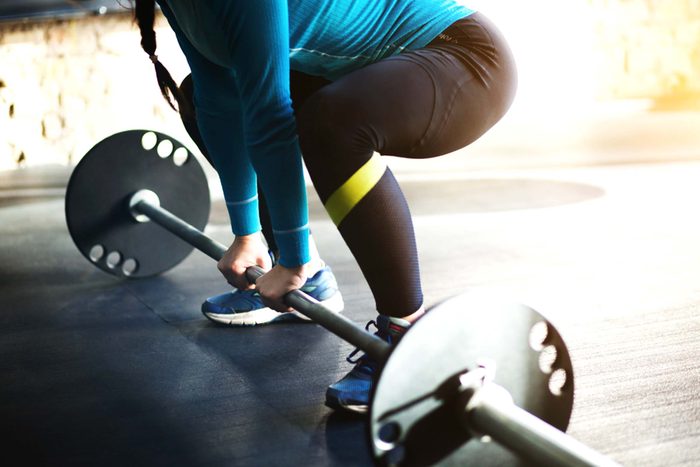
Add weight lifting to your exercise routine
Lifting weights at least two days a week is key to maintaining bone and muscle mass. That’s because muscle mass steadily declines at age 35 which leads to reduced metabolism and decreased bone density, says Rachel Straub, an exercise physiologist in San Diego and co-author of Weight Training Without Injury. The goal: To reduce the rate of bone loss and strengthen the muscles around the joints. If you’ve never used weights before, Straub suggests you follow her instructions for a beginner workout:
- Take the time to learn proper form. Otherwise, you’re risking injury, with the most common sites being the lower back, knees and shoulders.
- When you attempt a move for the first time, start out with little to no weight until you feel comfortable.
- Start by training two (non-consecutive) days a week, working your full body each time. Pick one exercise for each muscle group (legs, back, chest, biceps, triceps, shoulders and core). Master that one exercise before trying another new one. Too much variety isn’t always a good thing, particularly when you are just starting out.
- Aim for three sets for each muscle group. You should shoot for eight to 12 repetitions of each move (though more or less can be used, depending on the exercise). The amount of weight you use will depend on the exercise. If the last three reps of any one set are not challenging, then the weight is too light. It’s that simple. And expect to get sore. As you get stronger, this will subside.

Eat more protein
Since we start losing lean muscle mass as early as our 30s—and that continues into our 40s—it’s key to eat high-quality protein such as ground sirloin, eggs, chicken, and even vegetable protein like edamame to help preserve lean muscle mass. “This enables better calorie burning,” Begun says. Tip: Many of us can benefit from shifting our daily protein intake so that we eat it evenly throughout the day rather than getting it all in one meal. And avoid eating these 15 foods after you hit 40.

Take care of your breasts
Breast cancer hits one in eight women, which is why early detection is key. “For most women, mammogram testing should begin at age 40 and continue every one to two years depending on your history and risk factors,” says Sherry Ross, MD, an OB/GYN and women’s health expert at Providence Saint John’s Health Center in Santa Monica, California. However, the date you should have that first mammogram has been controversial of late. The National Cancer Institute and the American Cancer Society recommend starting at 40; the U.S. Preventive Services Task Force says the evidence isn’t strong enough for a blanket recommendation. Hence you should speak with your doctor to devise the best screening plan for you. Here’s your guide to the healthiest food to eat for every decade of your life.
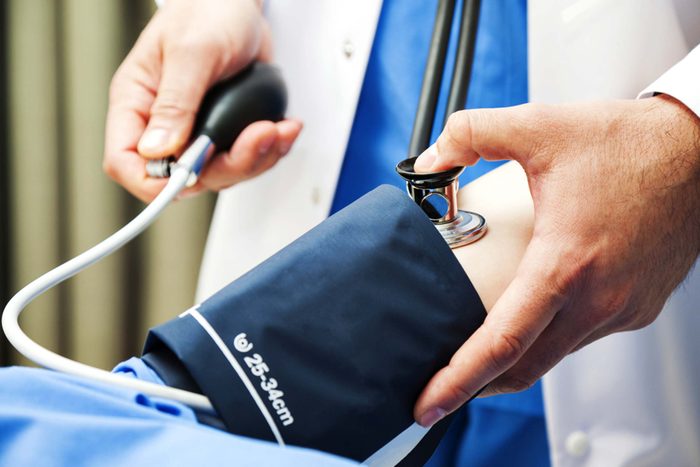
Love your heart
Since heart disease is the leading cause of death in women—one in three women die from this common disease—you’ll want to talk to your internist and see if you need additional testing such as an EKG or stress echocardiogram to prevent a heart attack, suggests Dr. Ross. “Another important test includes a cholesterol screening/lipid profile which should be done yearly,” she says. “Checking blood pressure, fasting glucose levels, and body weight is also vital to avoid being at risk for hypertension, diabetes, and heart disease.”
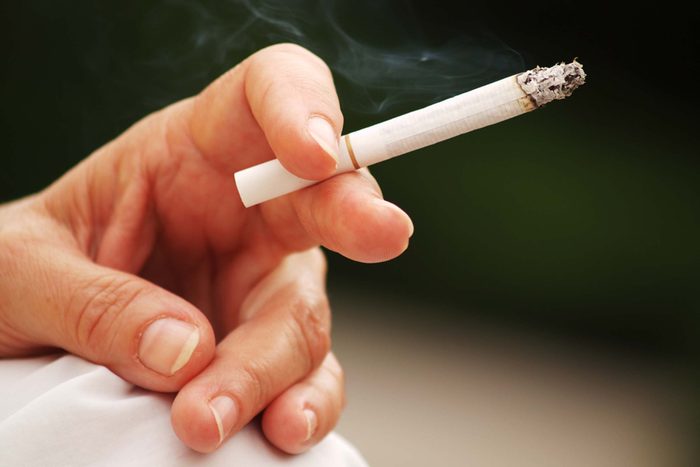
If you haven’t already—quit smoking
With all of the information out there about what a significant health risk smoking is, too many people still smoke. It’s not too late to stop: The benefits of quitting are almost immediate. “Keep in mind that smoking isn’t just detrimental to your lungs,” says S. Adam Ramin, MD, a urologic surgeon in Los Angeles. “Your kidneys and bladder, your body’s filtration system, must process the toxins from cigarette smoke, too. They weren’t made for such a burden.”

Screen your skin
Now’s the time to visit your dermatologist for a yearly mole check because it can be challenging to know the difference between a beauty mark and an abnormal skin change. “While new sun spots are common, it isn’t normal to develop new moles in your 40s and older,” says Tsippora Shainhouse, MD, a dermatologist in Beverly Hills and a clinical instructor at the University of Southern California. “It could be the sign of an atypical mole or melanoma forming.” Tip: Invest in sunscreen (wear it daily) and keep an eye on your spots and check them for the ABCDEs (asymmetry, irregular borders, different or multiple colors, diameter over 6mm, and evolving/changing moles) as well as lesions that just don’t heal up as they could be skin cancers. Don’t miss these skin care rules to live by in your 40s and every other stage of your life.
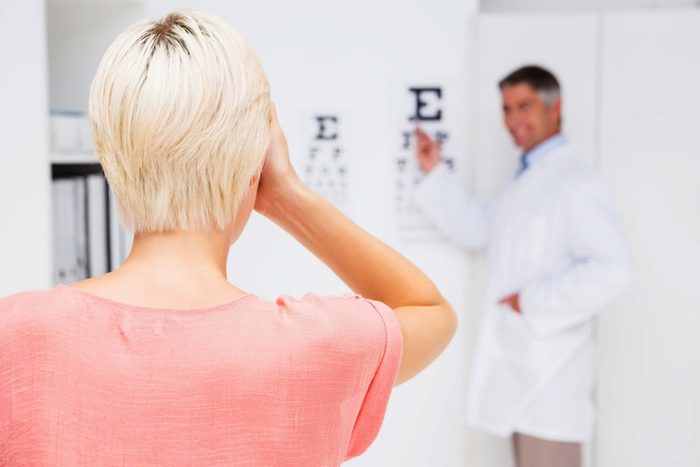
Pay attention to your eyes
Right about now is when your near vision typically begins to fade. You may need reading glasses or you may have your computer set to a larger font. “When we turn 40, the first thing that may set in is a condition called presbyopia, meaning the eyes begin to lose their ability to focus up close,” says Mark Jacquot, clinical director of LensCrafters. “You may feel a bit more fatigued after prolonged work from looking at digital screens all day and you may begin to get headaches at the end of the day.” This may mean you need reading glasses or multifocal lenses. In addition, our eyes become dryer over time. “More frequent blinking combined with preservative-free artificial tears every few hours can work wonders to keep your eyes lubricated throughout the day,” Jacquot adds. In addition, protect your eyes from the sun as UV light can cause everything from premature cataracts to macular degeneration. And always be sure to give your eyes frequent rest breaks, especially if you’re experiencing what’s called digital eye strain from being on the computer all day. Follow the 20-20-20 rule: Every 20 minutes take a 20-second break and look at something 20-feet away. Keep an eye out for these bladder health issues in your 40s.
